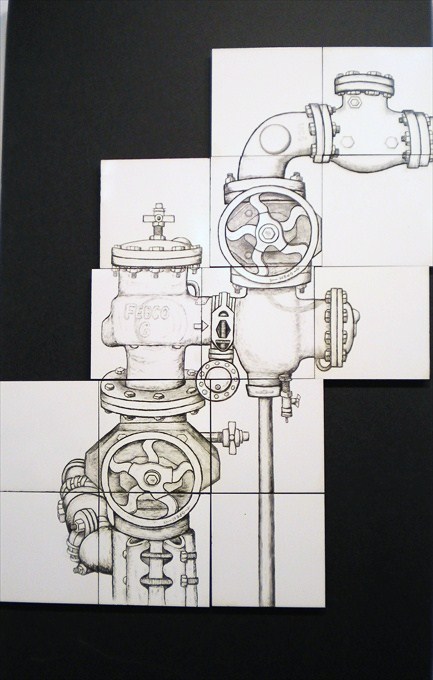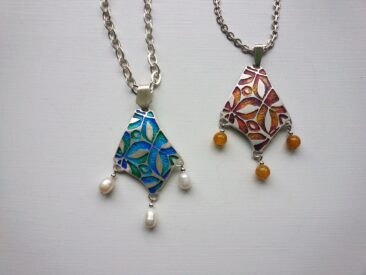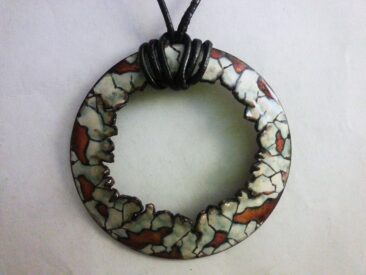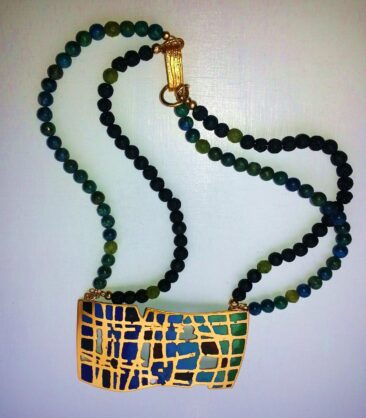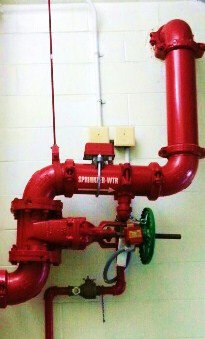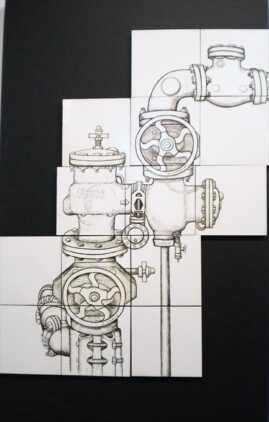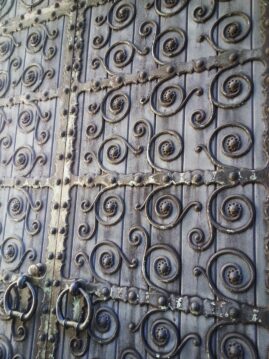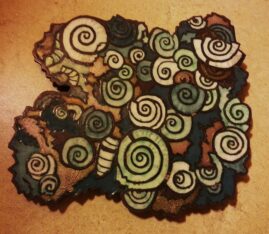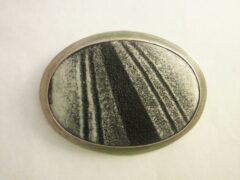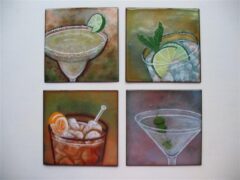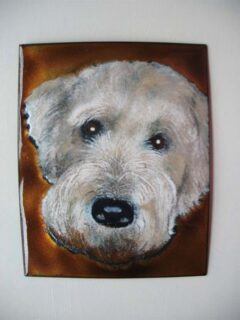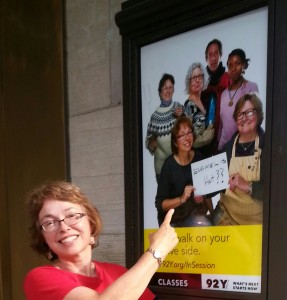 What is your background and training?
What is your background and training?
I was introduced to enameling by my mother, Antonia Schwed, who originally was attracted to it as a way to add color to her jewelry. From that first moment of taking the piece from the kiln, glowing with heat and color, I was hooked.
Tell us about your process and how you came to work this way and has your practice changed much over time?
I actually have no formal training in art–have simply been involved with art constantly, from childhood on. Most of my knowledge came from my mother, several workshops, and my own efforts of trial and error, and on-going research.
What are you working on in your studio now?
I continually work on several projects at a time, going through “stages” depending on my interest at the time. Right now, a number of projects involve plique-à-jour, which I have done very little of. It presents a whole new set of challenges, but not really any more than other techniques. For a while, I was obsessed with grisaille and worked through a number of projects in this method. However, I am never without something in champlevé to work on–it remains a favorite technique.
Do you experiment a lot or do you work within a specific set of parameters?
My process really can vary, depending on the technique (and sometimes the content). Cloisonné, grisaille, champlevé, traditional limoges, and plique-à-jour can all be very structured, often forcing one to work within certain parameters. But, one of the great joys–for me–is to take some of these traditional techniques, to combine them at times or to do something unusual and totally different with them. At one point, I was combining champlevé with grisaille, something I have personally never seen done.
Describe your teaching style
As you can see, I do like to experiment as well as work in the usual fashion. Often, after completing a complex and very precise piece, I will do the opposite and go “against the rules,” pushing a piece as far as it will go. I also try to encourage my students to break the rules (safely!), but first one must know what the rules are and how to apply them.
This is one of the great pleasures of teaching–not only seeing students turn out beautiful and interesting work, but having them challenge you or suggest something that one might not have thought of. I feel I have learned as much from my students as they have from me.
What most inspires you?
My inspirations are many (and sometimes from unexpected sources too). I have always been attracted to patterns and nature. But I also am fascinated by technology, machines, and outer space. And finally, the human form and face are endlessly amazing. I feel lucky to live in a city where there is so much ‘source material.’
Who are your favorite enamelists? (what are your most important influences)
My favorite enamelist is…of course…my mother (now deceased). She was so talented…her jewelry designs to this day are unlike any I’ve ever seen, her sense of color rich and complex. And she also did sculpture with enamel that–again–I have never seen any remote likeness of. She also was a devoted and beloved teacher, and what I know of that profession has been strongly influenced by her.
There are a number of enamelists I admire (including my students!)–some well known and others whose names I can hardly remember (but I remember their pieces).
Tell us about the workshop you will be offering at the EG/NE conference.
In the workshop, we will be working with line. I have always loved drawing with line, and much of my work incorporates line in one way or another. We will be taking several small squares or circles (around 2″) and creating a single design with several different linear methods. It is amazing how different the same design can look, depending on how it is presented.”
Katharine Wood received her BA from Boston University. She has taught at the Newark Museum, Craft Students League, Museum of Arts and Design, and Princeton University. Her work has been published in Metalsmith and Glass on Metal magazines. Ms. Wood was a featured artist in the publications The Art of Fine Enameling, and Enameling with Professionals. Kathy has been awarded numerous awards and has work in private collections, including the permanent collections of: The Museum of Fine Arts (Boston, MA), The Newark Museum (NJ), The Woodrow Carpenter Foundation Enamel Museum (KY), and The Enamel Arts Foundation (CA). Kathy is a founding member of Enamel Guild / North East. She is also the co-creator of internationally used transfer etching technique for enamelists, metalsmiths, and jewelers and continues to exhibit nationally and internationally.
 What is your background and training?
What is your background and training?
